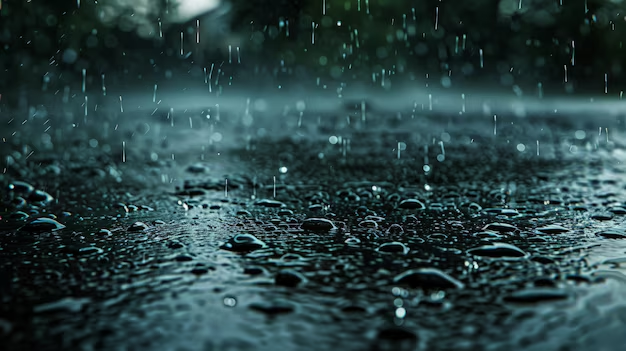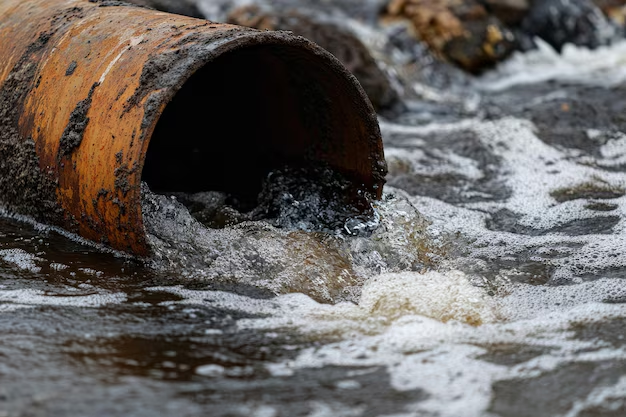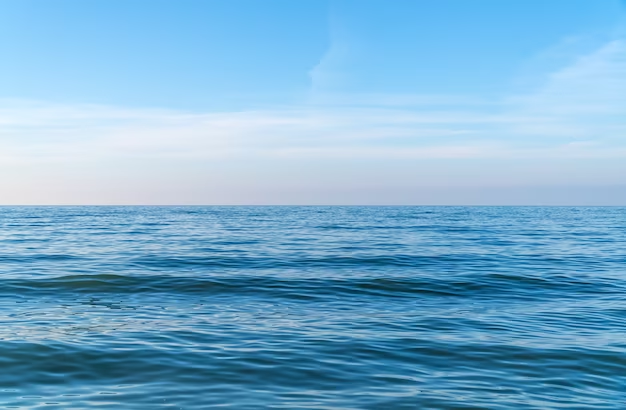WaterWiseOne works across government and with the community to ensure that a diverse range of water sources can be used to ensure safe secure and affordable water supplies in an uncertain future. This includes ensuring that public health and the environment are protected.
Alternative water sources include rainwater from your roof, stormwater, treated wastewater or greywater.
The use of these provides a range of benefits to our community, providing:-
- Savings on the use of drinking water;
- Reduction in the amount of stormwater and treated wastewater that is discharged;
- Protection of our waterways and bays; and
- An opportunity to create greener, more liveable urban landscapes, especially in periods of climate change and drought.
Alternative water sources need to be managed to meet public health, environmental standards and to meet community expectations.
Using Rain Water

Capturing rainwater from your roof is a great way to supply water for a range of purposes including washing clothes, flushing toilets, and watering your garden.
Rainwater tanks can also help you save money on your water bill, especially if you also use other water-saving devices such as:
- Dual-flush toilets,
- Water-efficient showerheads,
- Trigger nozzles, and
- Tap timers
Rainwater tanks can save up to 40,000 liters per household per year. Before you purchase or install a rainwater tank there are several considerations to make, including:-
- Choosing the right tank for your needs,
- Organizing installation and maintenance, and
- Ensuring safety and water quality
Safety and water quality
Ensuring the quality of water depends on correct design and installation, followed by sensible maintenance of your rainwater tank and catchment area.
When installed, your tank should be covered. Every access point, except the inlet and overflow, should be sealed. If an access point is left uncovered, it will pose a risk of children, adults, and animals drowning or contaminating the water.
The inlet should incorporate a mesh cover and a strainer to keep out foreign matter, and to stop mosquitoes and other insects from getting into the tank. The overflow should also be covered with an insect-proof screen.
You should not use a rainwater tank to supplement or provide your main source of drinking water if you live in an area affected by heavy traffic, industry, incinerators, and/or smelters.
Greywater

Greywater is recycled water from domestic use in the home. It includes water from baths, showers, hand basins, and washing machines. Greywater from the kitchen (including dishwashers) should not be used as the concentration of food wastes and chemicals is not readily broken down by soil organisms.
Using greywater can keep your garden thriving during periods of low rainfall. However, you need to know how this affects your home, garden, and environment.
If used incorrectly, greywater can damage your soil, plants or even put your family and pets at risk. This is because greywater has chemicals and bacteria in it, which with the wrong application can cause problems.
Safety and water quality
Always use the safest source of greywater wherever possible. The safest greywater is from the rinse cycle in your washing machine. The wash cycle is the next safest, followed by bath or shower water.
It’s a good idea to stop using greywater if somebody in the household is sick with a stomach bug, measles, or the flu, as this can increase the risk of other people becoming ill. Divert water directly to the garden. This means whenever you shower or wash clothes, your garden is watered.
Don’t store greywater for more than 24 hours. While it might be tempting to store the greywater in a drum or tub to use later, this is risky as bacteria in greywater can multiply rapidly.

